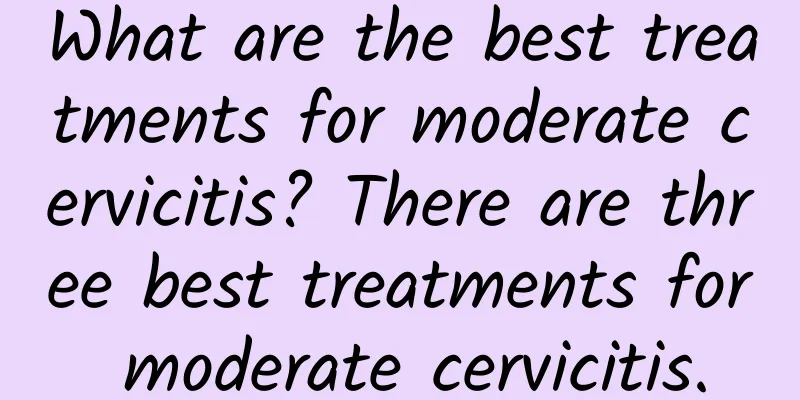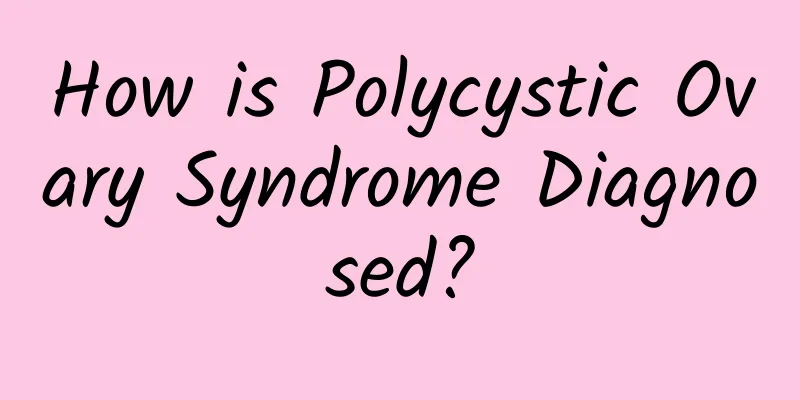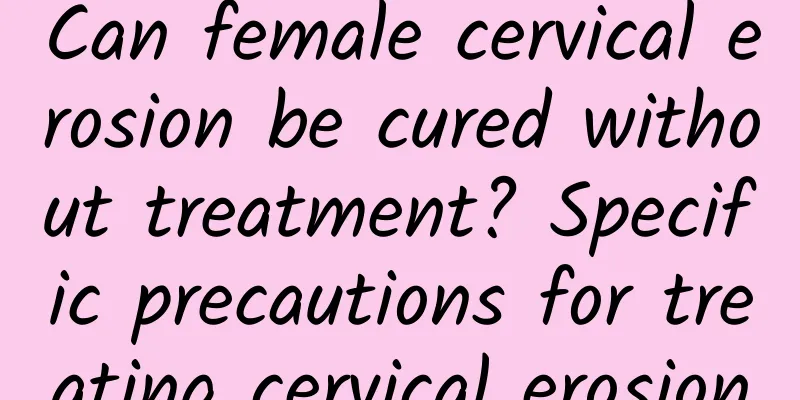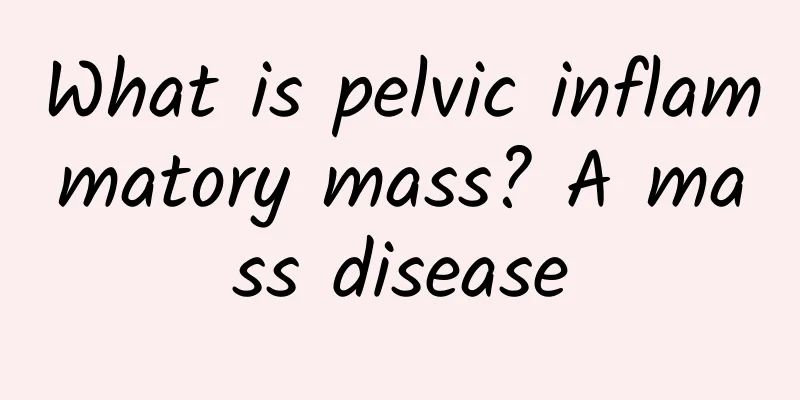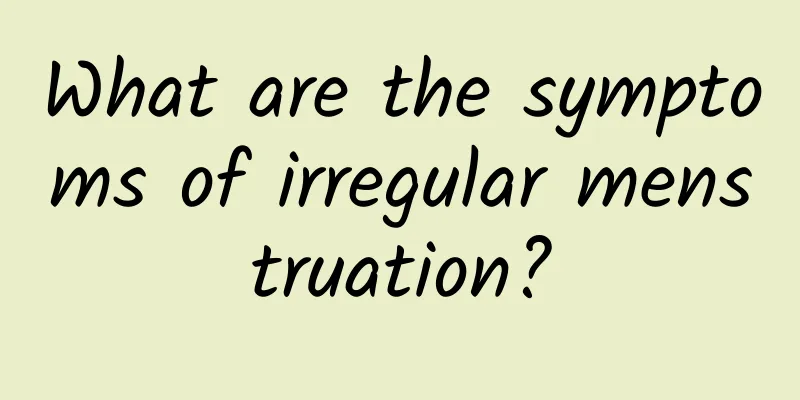What are the surgical treatments for uterine fibroids? The main treatments for uterine fibroids
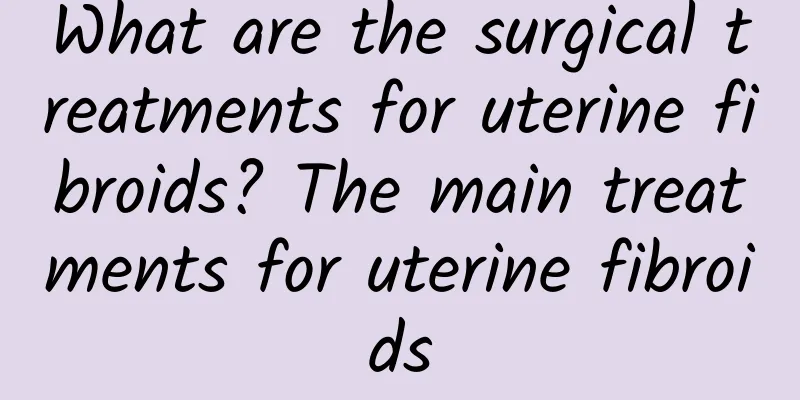
|
At present, the cause of uterine fibroids is still relatively superficial, and local hormone disorders may be part of the cause, but it is not well understood. However, it is clear that uterine fibroids are a hormone-dependent disease, and usually, if menopause occurs, uterine fibroids will also shrink as hormone levels decrease. What surgical options are available for uterine fibroids? If you are considering myomectomy, you can do it by laparotomy, laparoscopy, hysteroscopy, or negative surgery. Laparotomy is a traditional surgical method, usually done in the lower abdomen about 10 cm (depending on the location and size of the fibroids), which is suitable for almost all uterine fibroids, but the surgical trauma is large and the recovery is slow. Laparoscopic technology is a surgical method that has become increasingly popular in the past 20 years. It is a surgical method that uses surgical equipment to remove uterine fibroids by making 3-4 incisions with a diameter of 0.5 to 2 cm through the abdominal wall. Because the abdominal wall surgery scar is small and the postoperative recovery is fast, it is popular with patients. Some people may ask, how can the fibroids be taken out when they are so large? Don't worry, there is now a device called a fibroid pulverizer that can crush uterine fibroids and take them out through a small hole. Due to the mild postoperative pain and quick recovery, laparoscopic surgery has become the main treatment method for uterine fibroids and is popular among patients. However, the operation has high requirements on the doctor's surgical skills and the hospital's equipment, so not every hospital can perform the operation. Not all uterine fibroids can be removed by laparoscopy, so what kind of fibroids are suitable for laparoscopic surgery? This is closely related to the doctor's experience and the situation of the hospital. If there are too many fibroids, small fibroids cannot be touched due to the lack of touch in laparoscopic surgery, which may lead to omission or too many fibroids and difficult surgery. Therefore, at present, I think that if the preoperative ultrasound indicates that there are more than 5 fibroids, it is not necessary to insist on laparoscopic surgery. In addition, if the fibroid is too large, such as more than 10cm, so there is a lot of bleeding during the operation and suturing is difficult, laparoscopic surgery is not the first choice, and laparotomy is more appropriate. If the patient's fibroid is more than 10 cm, if you want to insist on laparoscopic surgery, you can also consider using some drugs before surgery to reduce the size of the fibroid to obtain laparoscopic surgery of the fibroid, but the cost is expensive (each GnRH-a injection costs about 2,000 yuan, and 1-2 injections are required). Hysteroscopic surgery is mainly suitable for fibroids in the uterine cavity. Hysteroscopic myomectomy requires special equipment and the skills of the surgeon, so it is also a surgery that hospitals and doctors rely on; negative surgery has two meanings. One is that for some submucosal fibroids, if the fibroids are completely removed from the uterine cavity to the vagina, they can be completely removed from the vagina. Another negative myomectomy refers to the fibroids under the uterine serosa in the abdominal cavity of the fibroids under the uterine serosa. This surgical method has high requirements for the doctor's surgical skills. In addition, since the fibroids are removed from the posterior vault, there are also special requirements for the size, number and location of the fibroids. Generally speaking, it is suitable for fibroids with a diameter of 7cm, no more than 2, and fibroids close to below. If the patient is suitable for vaginal surgery, the postoperative pain is lighter (there are no sensitive pain nerves in the vagina, and the pain is lighter), but relatively speaking, because the vagina is a bacterial environment, the risk of postoperative infection is slightly higher. New treatments In recent years, some new methods for treating uterine fibroids have emerged, with more attention paid to ultrasound treatment of uterine fibroids and arterial embolization for uterine fibroids. The principle of focused ultrasound is similar to that of solar cookers. The local temperature of the focus rises to above 80°C. In order to ablate uterine fibroids, this method was approved by the US FDA in 2003. At present, there are two companies in the world that have products, one is Israel's Insightec Company and the other is China's Chongqing Haifu Company. The domestic equipment manufacturing technology is quite mature and is no less than Israeli technology. From the current clinical treatment effect, the volume of uterine fibroids can be significantly reduced after 3 months of treatment, and the volume can be reduced by more than 50%. For symptomatic fibroids, symptoms can also be relieved. The entire treatment process can be completed in an outpatient clinic. The Israeli company is completed under MRI monitoring. The treatment principle of arterial embolization is to insert an arterial catheter into the patient's uterine functional blood artery, and then block the blood supply artery through some embolic agents. The fibroids shrink after lack of blood nutrition supply. These two methods can preserve the uterus, but because uterine fibroids themselves have the possibility of recurrence, the long-term effect needs further evaluation. Foreign studies have shown that 20% of patients require a second operation 2 years after surgery. Therefore, we must look at this conservative treatment method objectively. It is not suitable for all patients and is not a panacea. In addition, since these two methods do not obtain pathological results, they should not be considered as the first choice of treatment if the possibility of malignancy is suspected. |
Recommend
Do simple exercises now! 6 Ultimate Weight Loss Methods
We gain a lot of extra fat without realizing it d...
Vitamin D supplementation can effectively relieve dysmenorrhea
Dysmenorrhea troubles many women, seriously affec...
Symptoms of sarcomatous changes in uterine fibroids
Uterine fibroids are the most common benign tumor...
Poor appetite, poor sleep, but getting fatter and fatter? Traditional Chinese Medicine: Ophiopogon japonicus and Codonopsis pilosula tea can improve puffiness
The busy "sandwich tribe" usually works...
What are the main symptoms of cervical hypertrophy?
Cervical hypertrophy is a type of chronic cervici...
What to do with double ovarian cysts
What to do if you have double ovarian cysts? Bila...
Effective folk remedies for treating habitual miscarriage
Effective folk remedies for treating habitual mis...
Dried ginger is better than fresh ginger! Homemade dried ginger powder for fat burning and weight loss
What should you eat to burn fat easily? If you ar...
Are you often sleepy and drooling while sleeping? Be careful of spleen deficiency type obesity! Avoid spicy food and exercise to fight "pseudo-fat"
"Internal damage to the spleen and stomach c...
Symptoms of ovarian cysts in women are usually caused by endocrine disorders
There are also some examples of girls who are pre...
What tests should be done for congenital absence of vagina
What examinations should patients with congenital...
Symptoms of painless abortion infection
Symptoms of painless abortion infection: Painless...
What to eat after congenital absence of vagina surgery
What is good to eat after surgery for congenital ...
Will pelvic fluid flow into the uterine cavity?
Will pelvic fluid flow into the uterine cavity? U...
Can eating a lot of meat really help you lose weight? Be careful or you may lose your health and bring more hidden worries!
A few days ago, I attended a relative's weddi...



